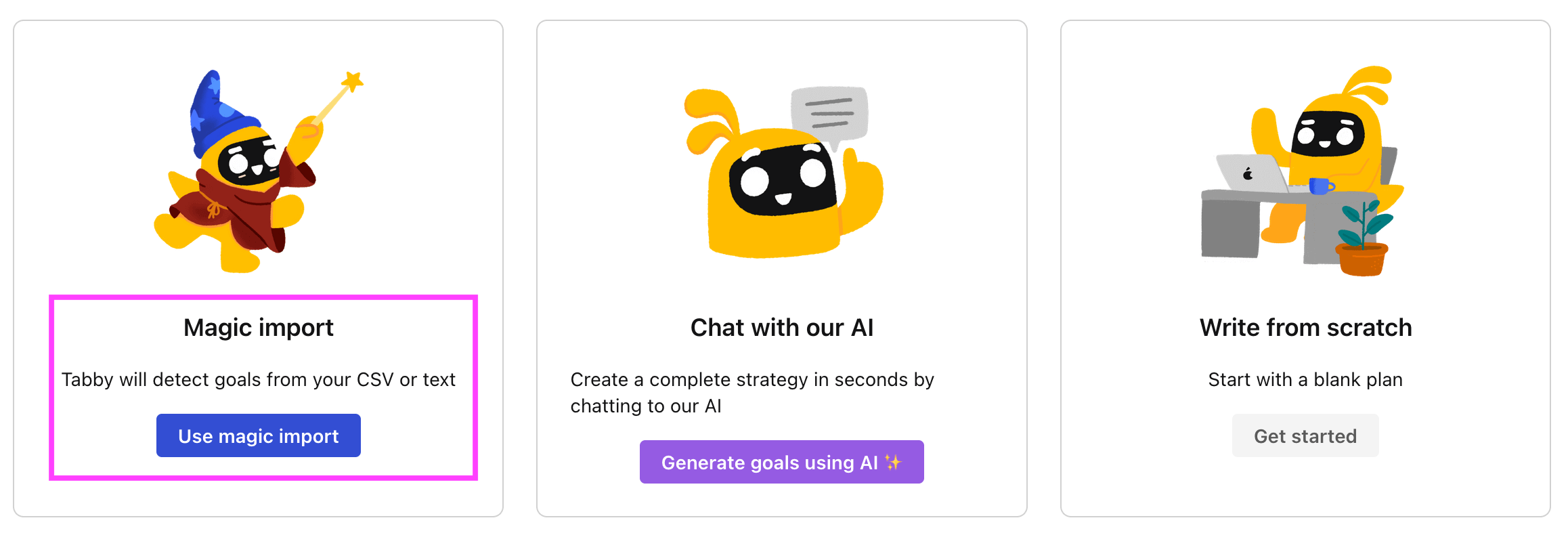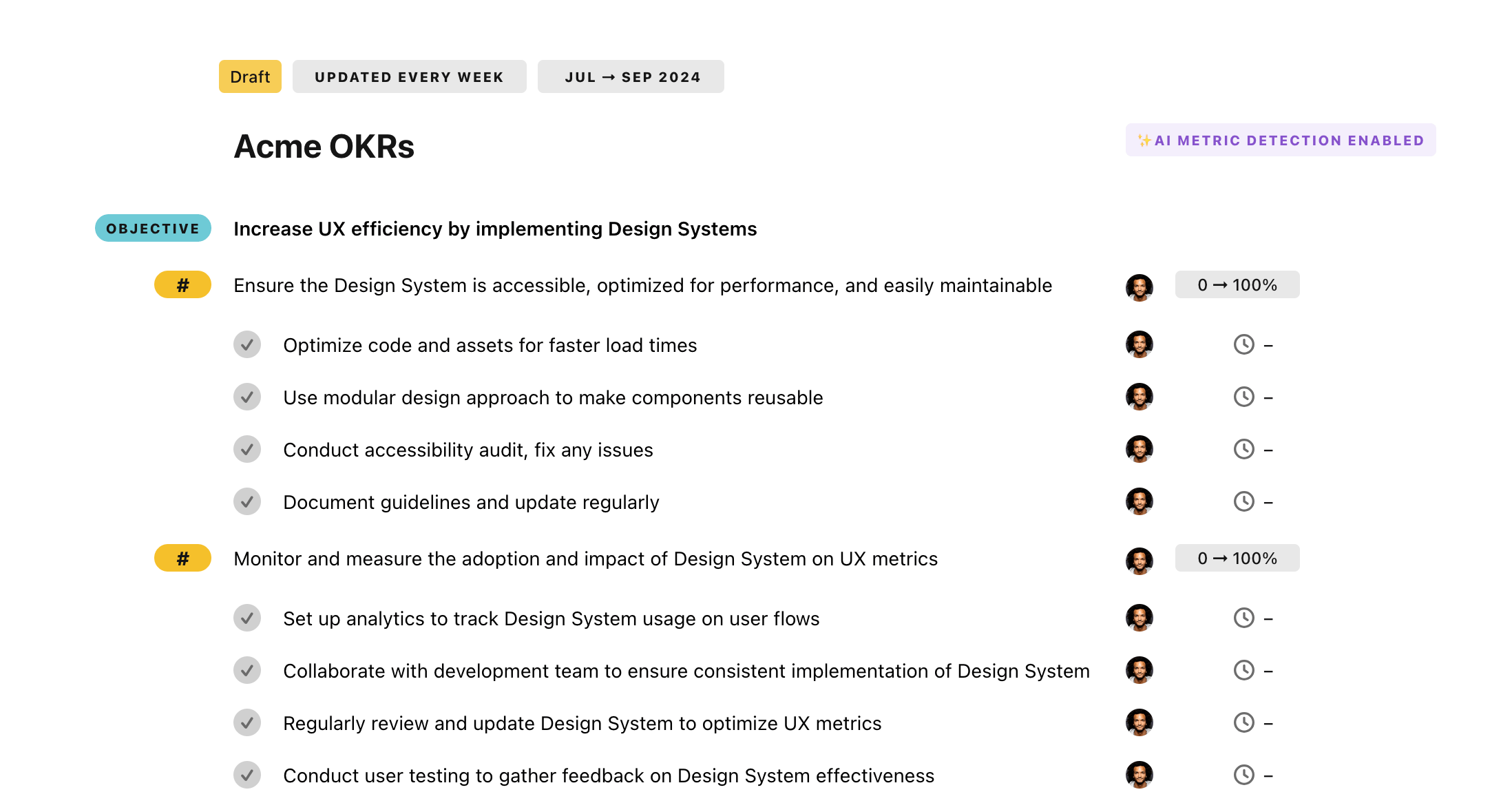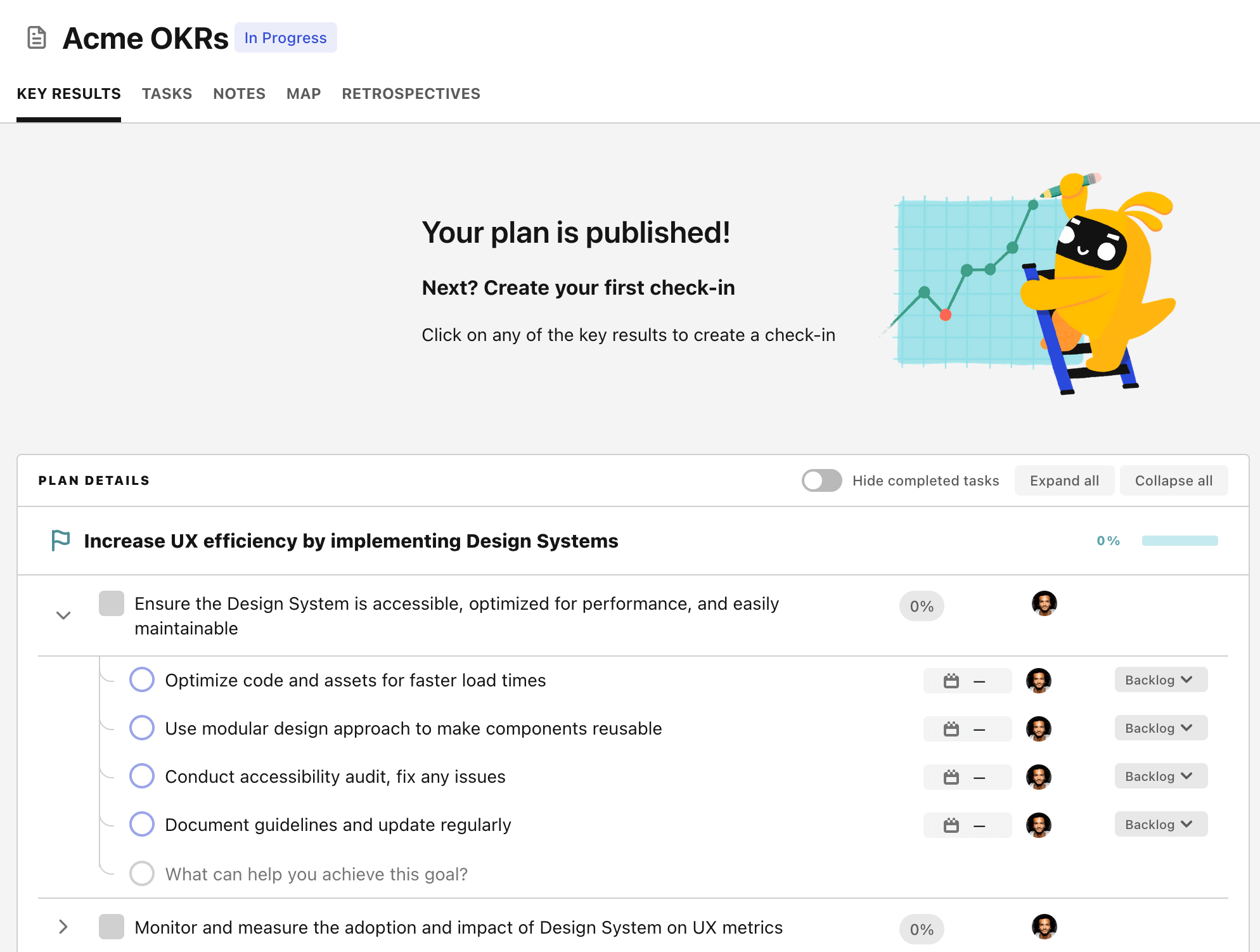OKR template to enhance payment screening for sanction compliance efficiency
Your OKR template
A secondary objective is to achieve 95% precision in identifying sanction-related payment risks. For this, staff should be educated on recognizing potential risks, regulatory and sanctions lists should be updated regularly and comprehensive sanction screening software should be implemented.
It is also mandated to conduct quality checks for 100% of the reviewed payments for sanction compliance. Here, any compliance issues that are identified should be addressed and rectified immediately. At the same time, results of each compliance check should be verified and recorded.
Finally, all payments have to be reviewed for adherence to sanction compliance laws. Regular reviews ensure that the payment processes align with the compliance laws, ensuring standardized and legal operations.
ObjectiveEnhance payment screening for sanction compliance efficiency
KRReduce false positives in sanctions checks by 25%
Regularly update sanctions lists and references
Implement rigorous system and data testing procedures
Improve accuracy and precision of data matching algorithms
KRAchieve 95% precision in identifying sanction-related payment risks
Train staff on recognizing potential risks
Regularly update regulatory and sanctions lists
Implement comprehensive sanction screening software
KRConduct quality checks for 100% of the reviewed payments for sanction compliance
Address and rectify any identified compliance issues
Verify and record results of each compliance check
Review all payments for adherence to sanction compliance laws
How to edit and track OKRs with Tability
You'll probably want to edit the examples in this post, and Tability is the perfect tool for it.
Tability is an AI-powered platform that helps teams set better goals, monitor execution, and get help to achieve their objectives faster.
With Tability you can:
- Use AI to draft a complete set of OKRs in seconds
- Connect your OKRs and team goals to your project
- Automate reporting with integrations and built-in dashboard
Instead of having to copy the content of the OKR examples in a doc or spreadsheet, you can use Tability’s magic importer to start using any of the examples in this page.
The import process can be done in seconds, allowing you to edit OKRs directly in a platform that knows how to manage and track goals.
Step 1. Sign up for a free Tability account
Go tohttps://tability.app/signup and create your account (it's free!)
Step 2. Create a plan
Follow the steps after your onboarding to create your first plan, you should get to a page that looks like the picture below.

Step 3. Use the magic importer
Click on Use magic import to open up the Magic Import modal.
Now, go back to the OKR examples, and click on Copy on the example that you’d like to use.

Paste the content in the text import section. Don’t worry about the formatting, Tability’s AI will be able to parse it!

Now, just click on Import from text and let the magic happen.

Once your example is in the plan editor, you will be able to:
- Edit the objectives, key results, and tasks
- Click on the target 0 → 100% to set better target
- Use the tips and the AI to refine your goals
Step 4. Publish your plan
Once you’re done editing, you can publish your plan to switch to the goal-tracking mode.

From there you will have access to all the features that will help you and your team save hours with OKR reporting.
- 10+ built-in dashboards to visualise progress on your goals
- Weekly reminders, data connectors, and smart notifications
- 9 views to map OKRs to strategic projects
- Strategy map to align teams at scale